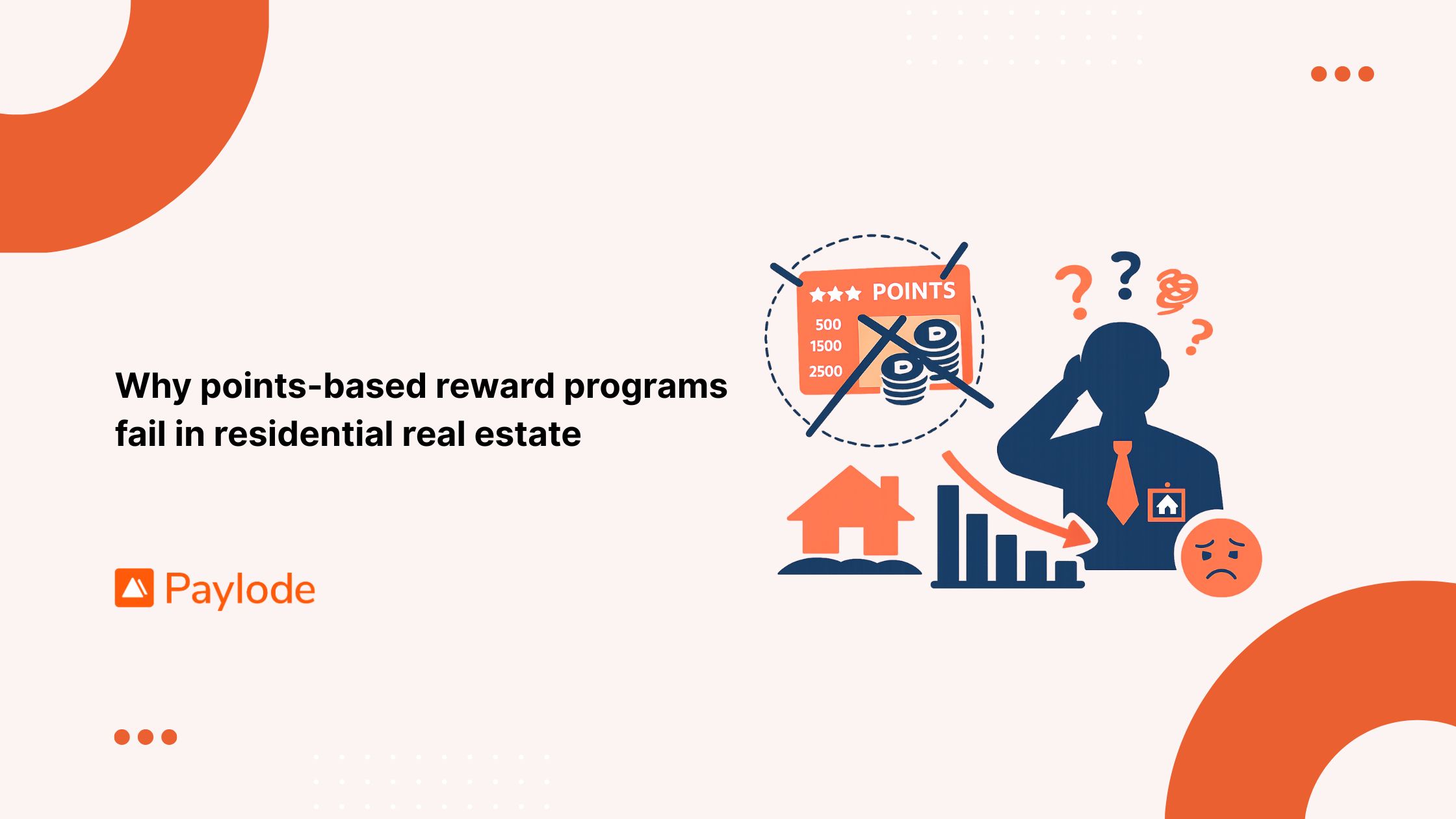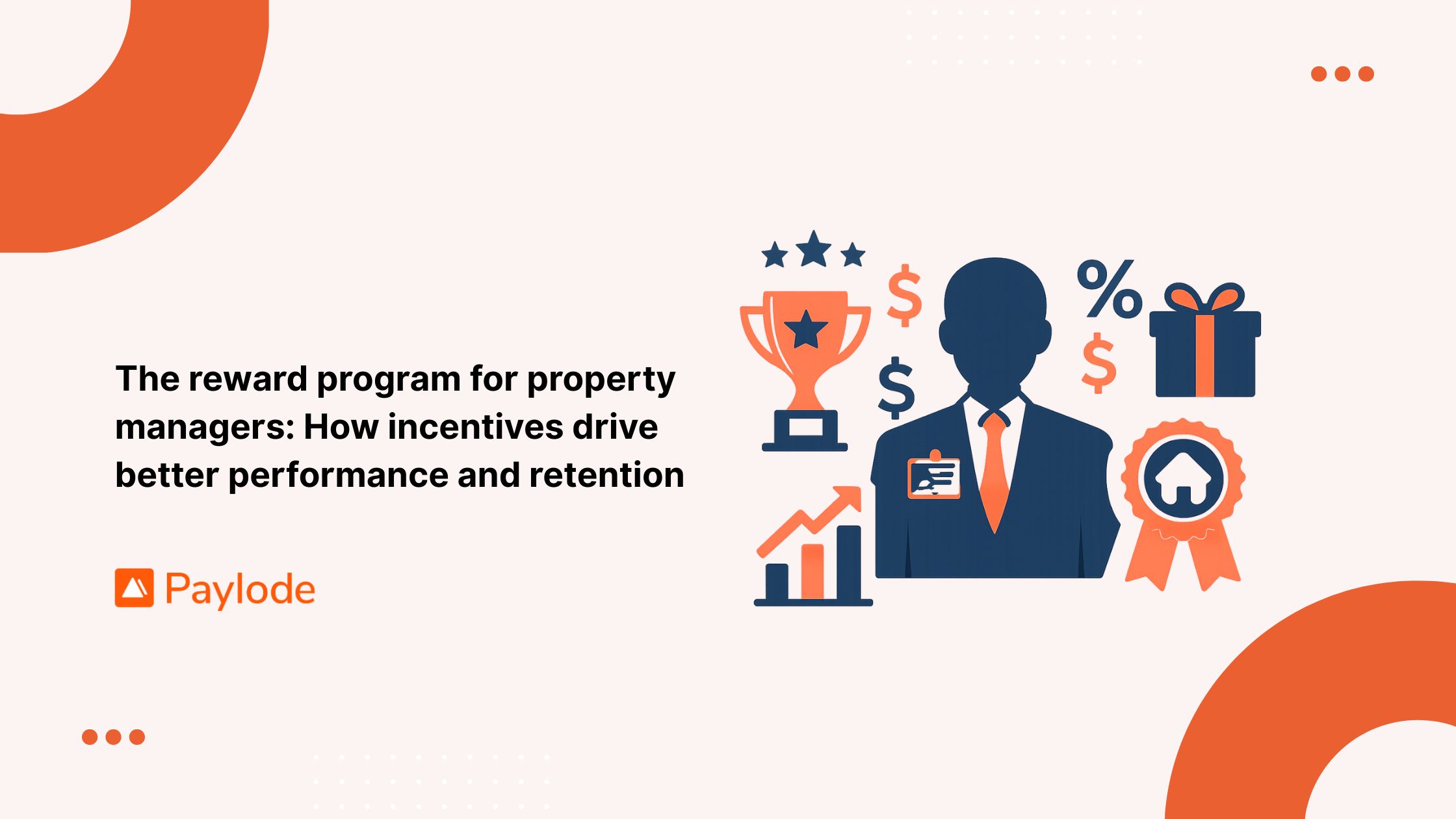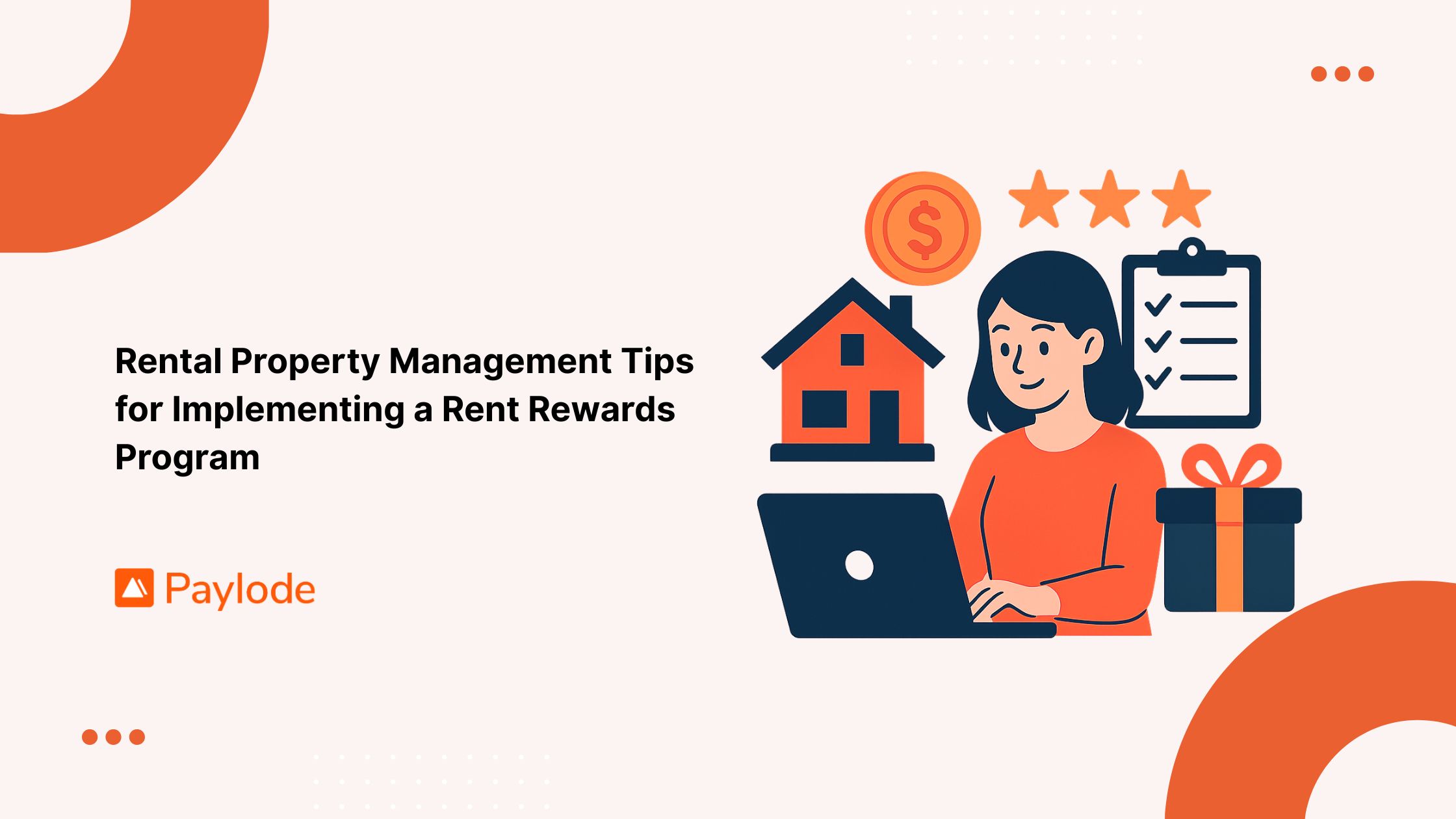Creating a strong go-to-market strategy for a new apartment community comprises a mix of cross-functional initiatives from marketing and leasing to construction and revenue management.
Let's go over some key tactics to make a plan so you can launch to a line of new lease applicants.
Talk turkey first
First, get a good understanding of the background of the project in terms of numeric goals. Grounding any initiative in numbers is always an effective method from which to launch.
Determine what the planned deliveries of units are, and which month is the team expected to fill each in order to hit the budget.
Work with leadership to budget for any concessions or perks that you can use in your marketing messaging. Resident perks can help you stand out from the competition in residential leasing, and you can use perks to significantly increase the number of applications, tours, and inquiries by incentivizing each step of the leasing process.
Take a look at the historic lead to lease funnel in the property’s submarket so you can get a good understanding of how many leads the marketing will need to bring in in order to deliver upon the lease goal. This year's real estate trends show that your tour-to-lease ratio will depend on the details: a welcoming tour that puts the property's best foot forward, and the professional communication and trust to show that your company has created a safe, secure, fun community.
And, find out what the media budget for marketing is to spend for the duration of the lease-up period.
.jpeg)
Use those parameters to develop your launch plan
Now that the team is aligned on numeric goals and budget, the deeper marketing strategy development can begin.
- Identify your target audience. What are the demographic markers and psychographic characteristics of the future residents based upon market research and the product that is being built?
- Competitive analysis: how does your apartment community differ from other residential offerings in the area? Find the “white space” and use it to your advantage. One way is to make sure your building is set up for the WFH tenant, as remote work is here to stay for at least 1/3 of employees.
- Branding and positioning - based on the target audience and unique selling points, develop the brand identity including name, logo, color palette. From here, all consumer-facing materials will be developed in likeness, for prospects, residents and internal employees.
- Marketing planning: create an advertising schedule for the property that is in line with the established budget and leans in to the sources of media that resonate with the target audience (email, social media, print ads, local outreach, broker partnerships, radio, etc). Ensure the content and assets are high-quality to make your website work hard (and get better Search Engine results).
- Pre-leasing activation: make use of the on-site construction signage to direct prospects to the website where they can sign up to be kept informed of updates on the project. Use this to grow the interest list and build anticipation through lead nurture email campaigns. Go live with some of the paid media and the owned social to drip some content and create brand awareness. Make sure the property is ready for foot traffic and start hosting some sneak peek events and tours (and invite 1 or 2 highly relevant local press to come).
- Grand opening - go live with the remainder of the paid media, your resident perks center and move-in bundles, and begin full-force leasing.
- Test, learn and adapt - as the months of lease-up roll on, don’t be afraid to pilot new initiatives if a boost of traffic is needed as long as the results are measurable. Monitor the customer experience on review sites and social media and keep the feedback loop as open as possible.
Following these steps in a go-to-marketing strategy for a new apartment community can help you successfully launch and lease-up the building while setting the groundwork for customer loyalty when the time comes for renewals.
For more trends, follow our residential real estate insights page.



